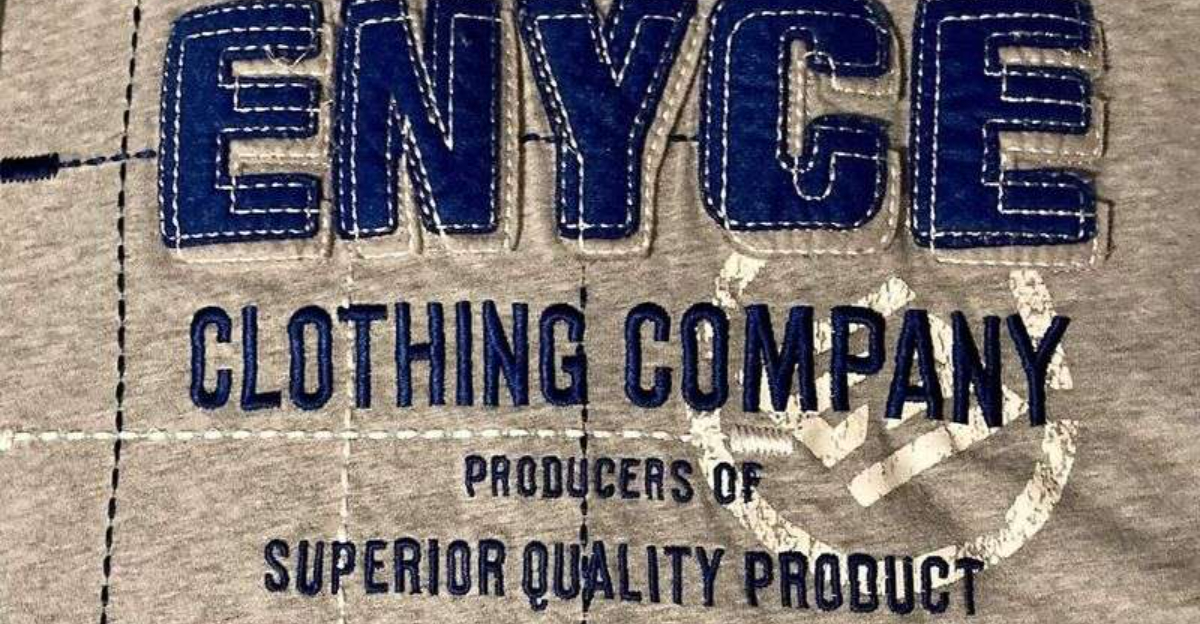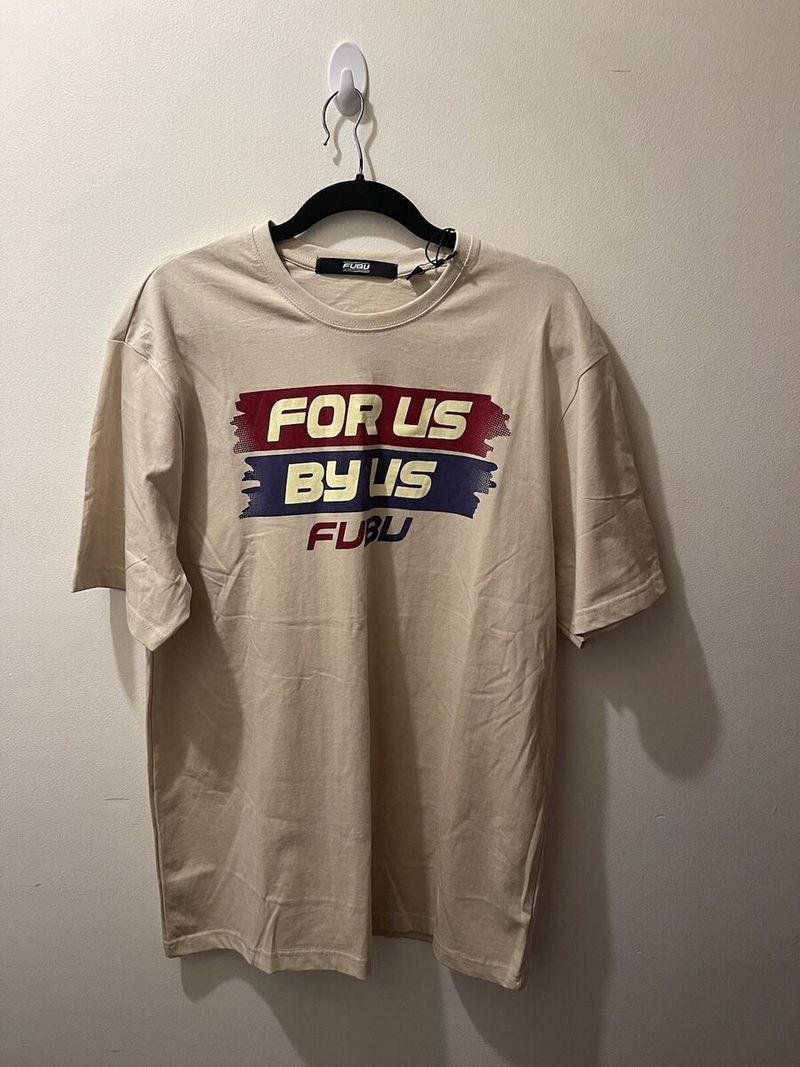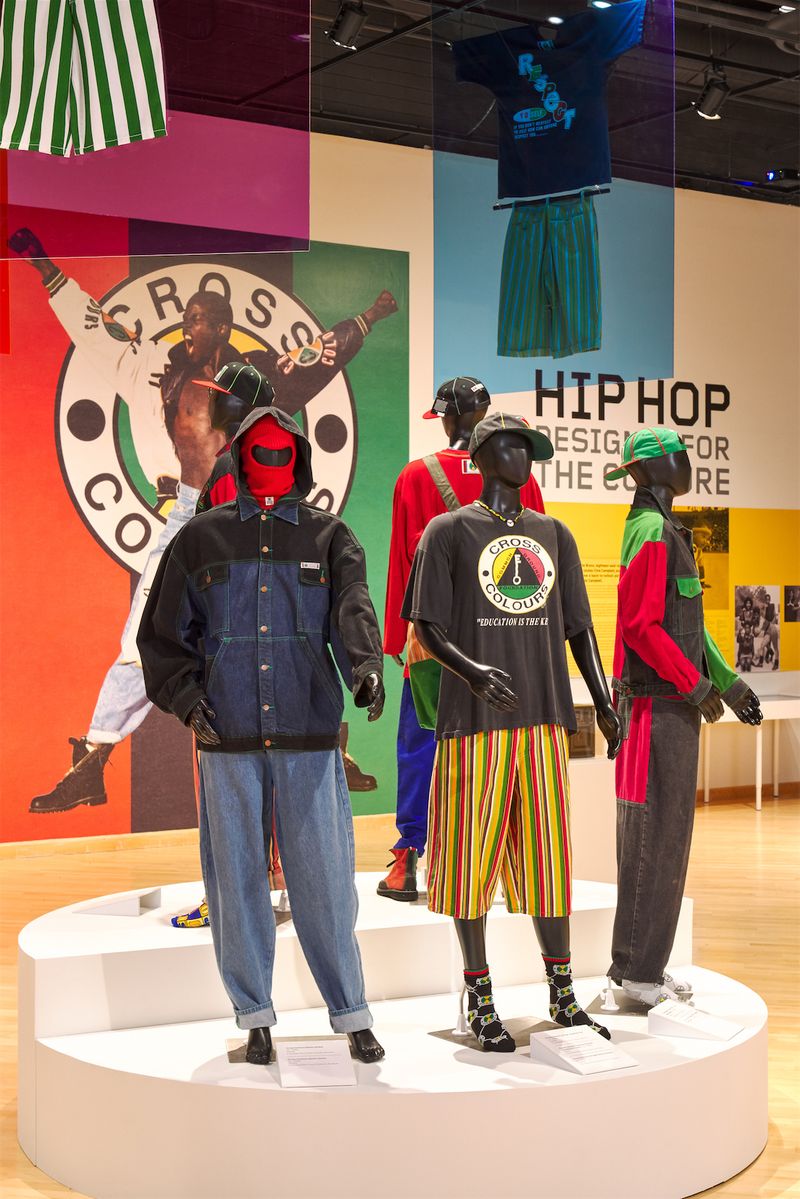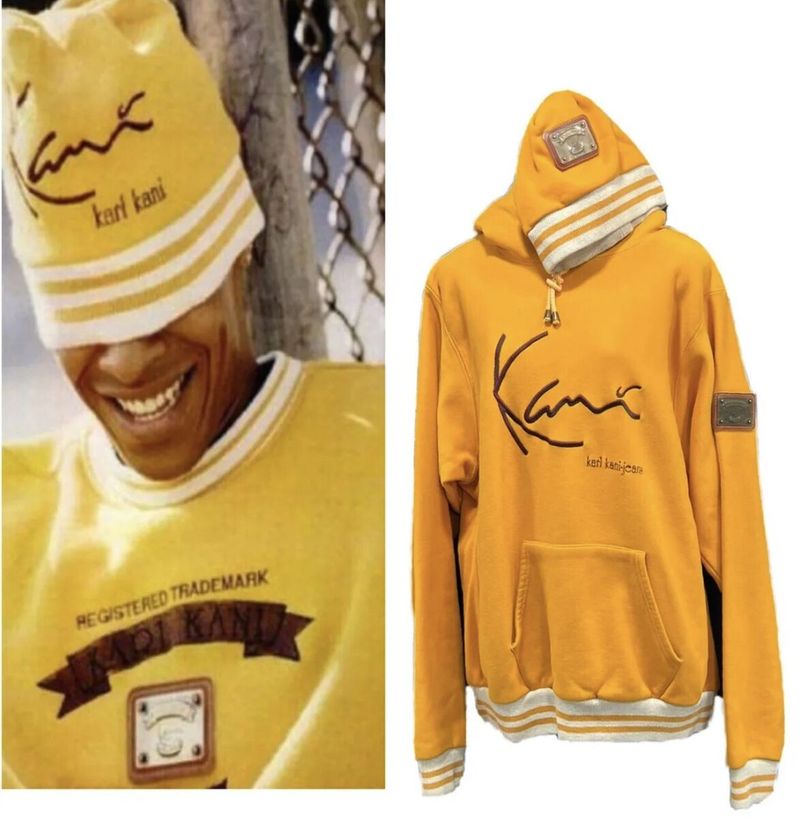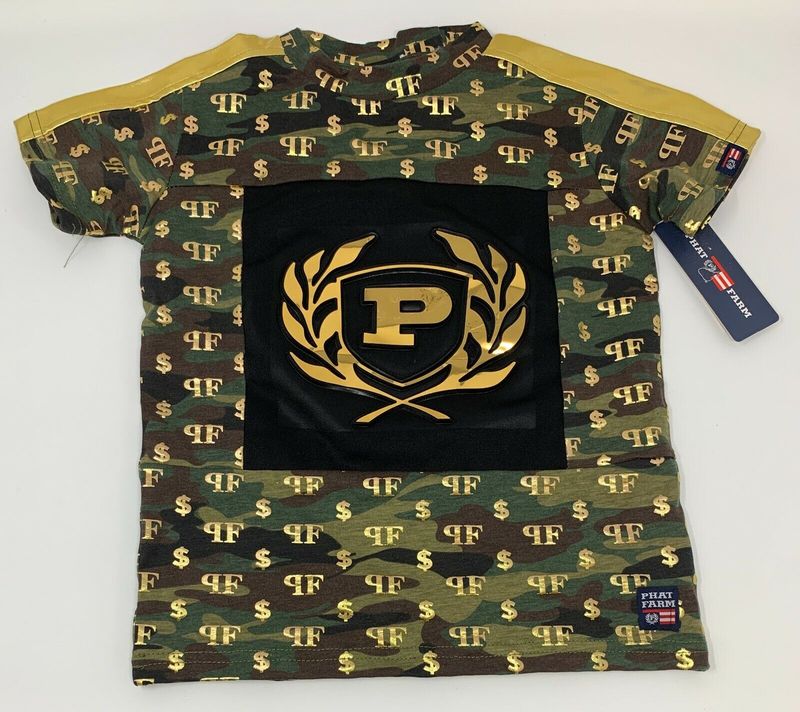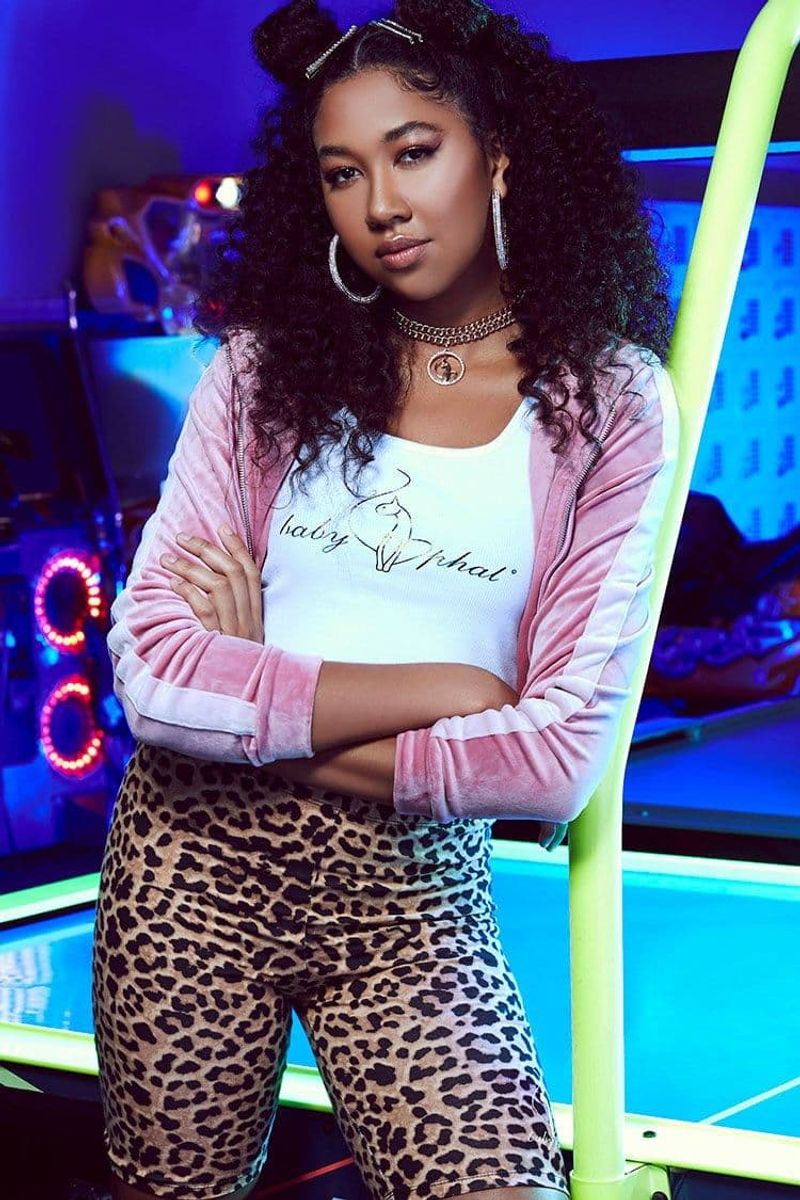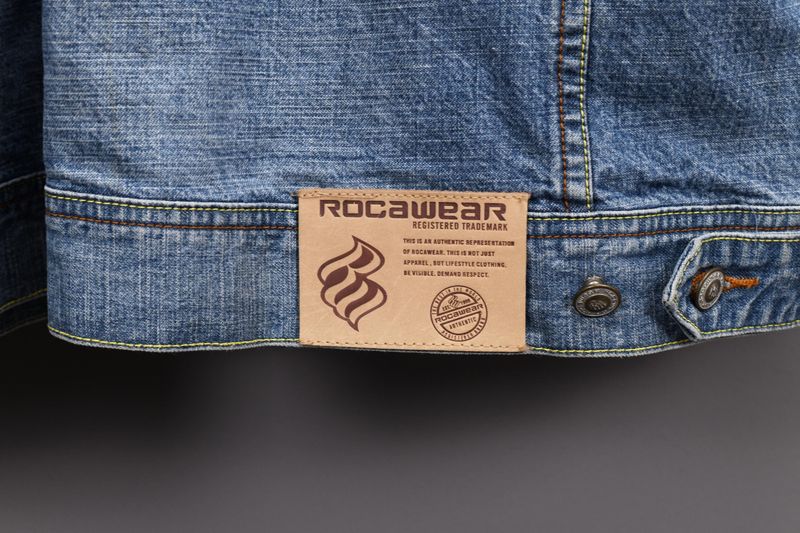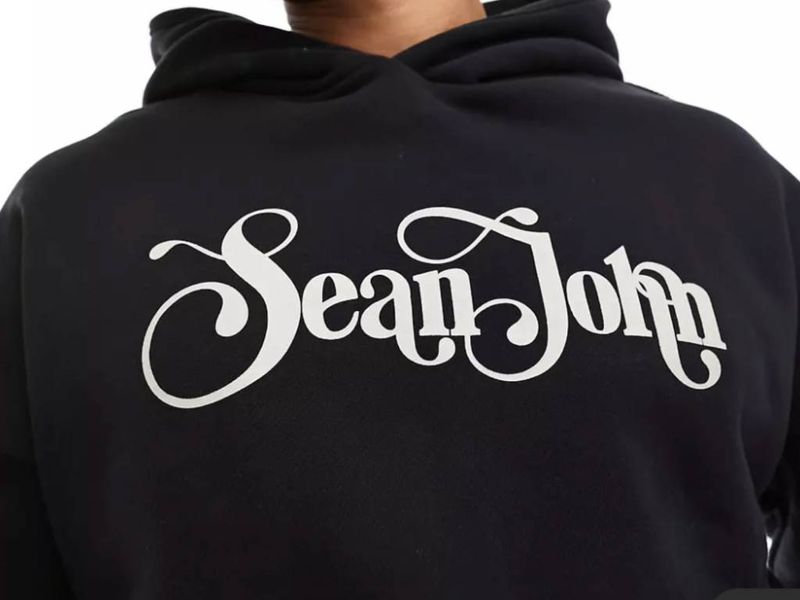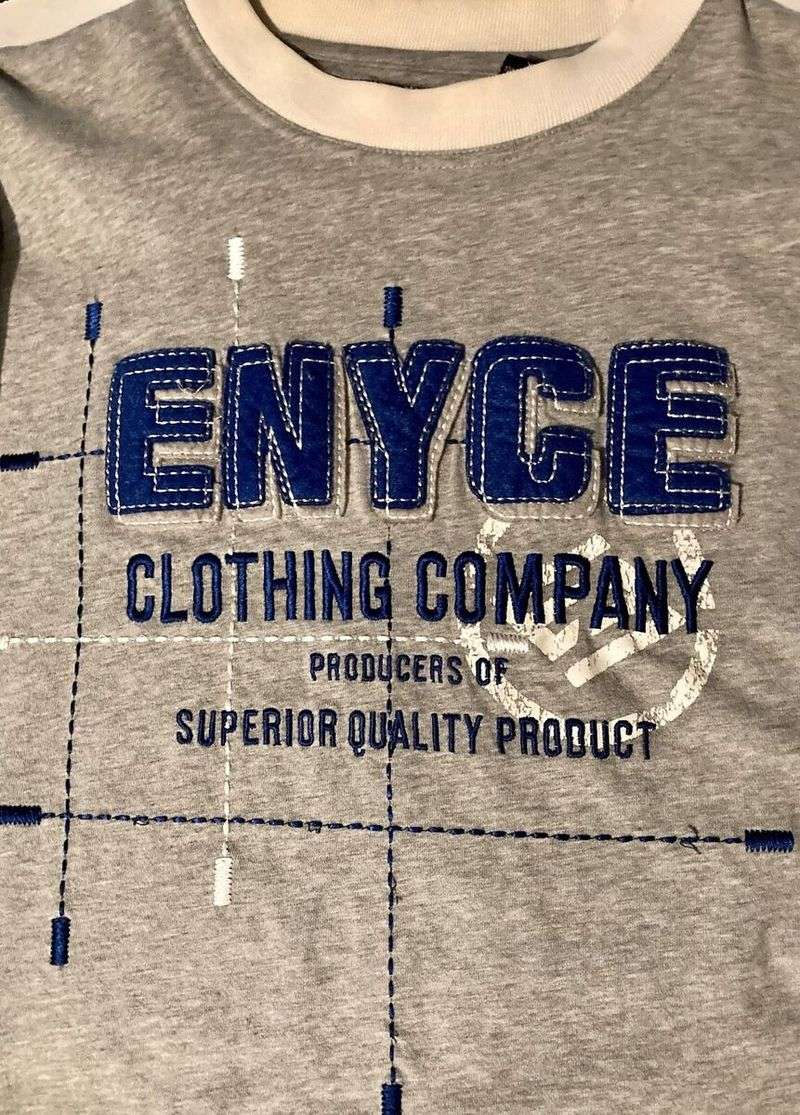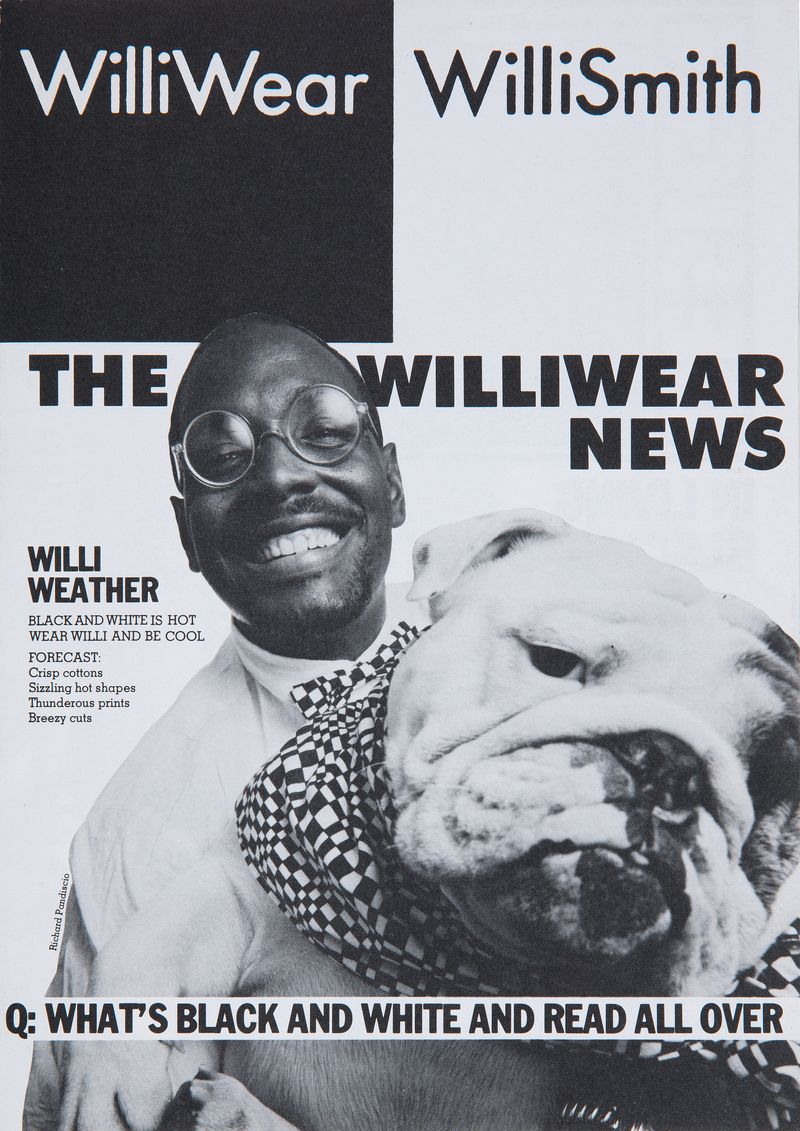Fashion has a unique way of shaping our identities, especially during our formative years. Among the vast array of styles that have come and gone, black-owned fashion brands have left an indelible mark on childhood memories.
These brands not only provided us with trendy attire but instilled a sense of pride and empowerment. From the bold designs of FUBU to the Afrocentric aesthetics of Cross Colours, these labels transcended mere clothing to become cultural symbols.
Join us as we explore the iconic black-owned fashion brands that defined our childhood style with their creativity and influence.
1. FUBU (For Us By Us)
Founded by Daymond John, Keith Perrin, J. Alexander Martin, and Carl Brown, FUBU became synonymous with 1990s urban style. The brand’s oversized jerseys and bold logos were not just fashion statements; they embodied the spirit of hip-hop culture and self-empowerment.
FUBU’s presence was felt everywhere—from city streets to music videos, making it a staple for anyone wanting to express their identity. The brand’s commitment to representing black culture resonated deeply with its audience, creating a community bound by style and shared values.
FUBU’s rise to fame wasn’t just about clothing; it was about making a statement. Their innovative marketing and collaborations with popular artists propelled them to iconic status. FUBU encouraged its wearers to embrace their individuality and stand out from the crowd.
2. Cross Colours
Launched by Carl Jones and T.J. Walker in 1989, Cross Colours brought vibrant color-blocking and Afrocentric patterns into the mainstream. The brand’s slogan, “Clothing Without Prejudice,” challenged the norms and encouraged inclusivity.
Kids and teens proudly wore their colorful tees and overalls, making appearances on popular shows like The Fresh Prince of Bel-Air. Cross Colours was more than a fashion statement; it was a cultural movement.
By blending bold designs with a strong message, the brand fostered a sense of community and pride among its wearers. Its influence extended beyond clothing, altering perceptions and promoting equality.
3. Karl Kani
Karl Kani, known as the “Godfather of Urban Streetwear,” revolutionized 1990s fashion with his innovative designs. His brand became a beacon of hip-hop authenticity, known for its loose-fitting jeans and bold logos.
The signature baggy silhouettes were a must-have for anyone wanting to embody the urban style of the time. Karl Kani’s influence reached beyond fashion, impacting music and popular culture.
By collaborating with influential artists and promoting individuality, the brand became a symbol of empowerment. It encouraged people to express themselves through style, making a lasting impression on youth culture.
4. Walker Wear
April Walker, a pioneer in urban apparel, founded Walker Wear to provide distinctive styles for both men and women. Known for its baggy fits, varsity jackets, and denim sets, the brand found favor among artists like Notorious B.I.G. and Tupac.
Walker Wear’s influence in street fashion can still be felt today. April Walker’s designs were more than just clothing; they were statements of identity. Her commitment to quality and creativity set Walker Wear apart from the rest.
By prioritizing authenticity and connection with her audience, she created a brand that resonated with those who valued individuality.
5. Phat Farm
Founded by Russell Simmons, Phat Farm emerged as a powerhouse in urban fashion during the late 1990s and early 2000s. By mixing preppy elements like polos and sweaters with street-style flair, Phat Farm captured the essence of contemporary urban culture.
The brand’s innovative approach to blending styles appealed to a wide audience, making it a staple in youth fashion. Its impact wasn’t just limited to clothing; Phat Farm influenced the way people perceived fashion, encouraging them to embrace diverse styles.
The brand’s legacy lives on, continuing to inspire new generations.
6. Baby Phat
An extension of Phat Farm, Baby Phat, founded by Kimora Lee Simmons, brought glamorous, form-fitting silhouettes to the urban market. Its iconic cat logo and fusion of high-fashion with street style became a must-have for teen girls in the early 2000s.
Baby Phat was more than just a brand; it represented a new era of feminine empowerment. By offering chic designs that celebrated curves, it resonated with young women worldwide.
Kimora Lee Simmons’ vision for Baby Phat created a brand that was not only trendy but also empowering for its audience.
7. Rocawear
Rocawear, launched by Shawn “Jay-Z” Carter and Damon Dash, translated the success of Roc-A-Fella Records into lifestyle fashion. Known for its denim, athletic wear, and jackets, Rocawear dominated the early 2000s with its fresh designs.
The brand’s connection to hip-hop culture gave it an edge, making it highly sought after by fans and artists alike. Rocawear’s success was fueled by its ability to adapt and innovate, keeping up with trends while staying true to its roots.
This balance allowed it to maintain a strong presence in the fashion world.
8. Sean John
Sean John, founded by Sean “Diddy” Combs, elevated urban fashion by introducing upscale street and sportswear. Known for its plush velour sweatsuits and iconic denim ensembles, Sean John made waves in both music videos and daily youth style.
The brand’s appeal lay in its ability to blend luxury with urban aesthetics, offering a fresh take on street fashion. By breaking into high-end department stores and runways, Sean John redefined what urban fashion could achieve.
Its influence is still evident today, inspiring a new generation of designers and fashion enthusiasts.
9. ENYCE
ENYCE, pronounced “en-ee-chay,” was a force in 1990s and early 2000s fashion, loved for its modern cuts and bold graphics. Founded by Evan Davis, Lando Felix, and Tony Shellman, the brand integrated skate and hip-hop influences, making it a favorite among teens.
ENYCE’s unique approach to fashion offered an alternative for those seeking something different. By blending elements from diverse cultures, it created a distinct style that resonated with its audience.
Its legacy continues to influence contemporary streetwear, proving the lasting impact of innovative design.
10. Mecca USA
Mecca USA, co-founded by Tony Shellman, emerged as a major player in 1990s streetwear. Specializing in edgy denim and graphic tees, the brand blended hip-hop aesthetics with a global street sensibility.
Mecca USA’s designs were more than just clothing; they were expressions of a lifestyle. By embracing bold and daring styles, the brand fostered a sense of identity and community among its wearers.
Its success in mainstream fashion highlighted the growing appeal of urban culture, paving the way for future streetwear brands.
11. Willi Wear
Although Willi Wear dates back to the 1970s and ’80s, its influence on street style continued into the early ’90s. Founded by Willi Smith, the brand blended streetwear ease with high-fashion principles.
Willi Smith’s innovative designs challenged traditional fashion norms, offering a fresh perspective on style. His ability to merge comfort with sophistication made Willi Wear a standout brand, beloved by many.
The brand’s legacy lives on, inspiring modern designers to push boundaries and embrace creativity in their work.
12. House of Deréon
Founded by Tina Knowles and Beyoncé, House of Deréon launched in the mid-2000s, capturing the hearts of teens – especially fans of Destiny’s Child. The brand drew on Tina Knowles’ costume design expertise, marrying performance glam with everyday wear.
House of Deréon offered more than just stylish clothing; it provided a connection to pop culture. By embracing bold designs and celebrating individuality, the brand became a favorite among young fashion enthusiasts.
Its impact on the fashion industry remains significant, highlighting the power of creativity and collaboration.
